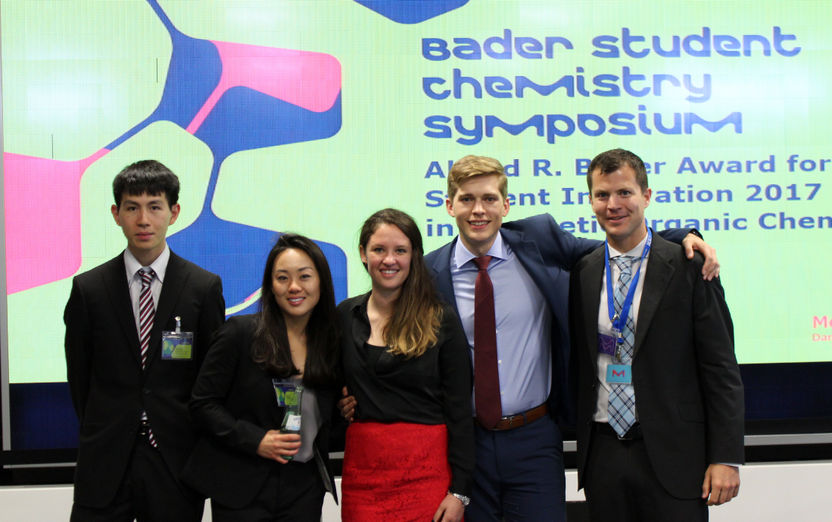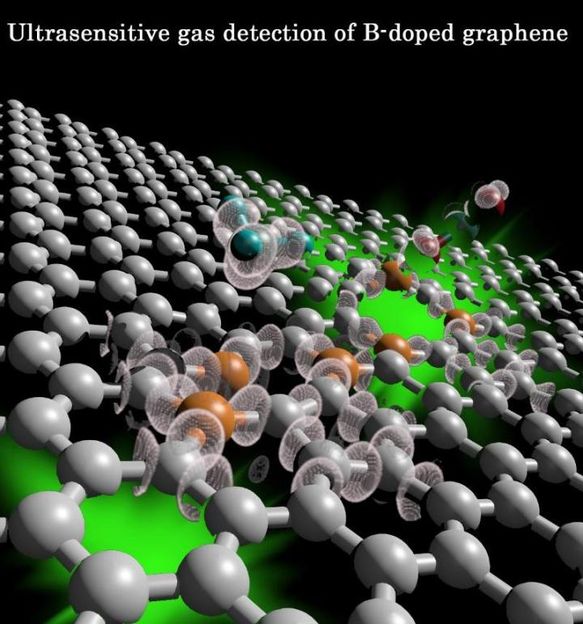DuPont Scientist Works to Develop Safer Refrigerants
June 04, 2002 - More than half of the 20-year career of DuPont Senior Engineering Associate Barbara Minor has been devoted to the investigation of nearly every molecule involved in refrigeration. Her work to reconcile refrigerants' social benefits with their environmental impact is showcased in the DuPont Internet site's "Scientist of the Month" feature for June.
The first chemical coolants, ammonia and sulfur dioxide, were flammable and toxic. By the middle of the 20th century, they were replaced by stable Freon® -- made of chlorofluorocarbons (CFCs). In the 1970s and 1980s scientists theorized and confirmed that CFCs break down into chlorine molecules in the upper atmosphere, depleting stratospheric ozone that protects the earth from the sun's ultraviolet radiation.
Spurred by concern for the environment, DuPont began developing non-ozone- depleting hydrofluorocarbons (HFCs) and phasing out Freon® and other CFC-based products. In 1989, Barb joined other DuPont scientists in the hunt for molecules that might be the key to a stable, low-toxicity and non-ozone-depleting refrigerant.
By the end of 1989, Barb and other DuPont researchers had filed 20 patents for HFC refrigerants. The company introduced its first formulations of Suva® HFC refrigerants in 1991.Today, Barb has about 45 U.S. patents for refrigerants to her credit and works on product development and support for major manufacturers including Carrier Corporation, Lennox Industries Inc., Trane Company and York International Corporation.
"I remember the public concern when we began learning about the effect of CFCs on the ozone layer," Barb says. "Now, because we've studied most possible molecules out there that could be refrigerants, I'm confident that we've developed the best products to fulfill society's refrigeration needs. Every time I hear about this issue on the news, I feel good that I'm part of a global effort that will benefit the earth."
Most read news
Other news from the department science

Get the chemical industry in your inbox
By submitting this form you agree that LUMITOS AG will send you the newsletter(s) selected above by email. Your data will not be passed on to third parties. Your data will be stored and processed in accordance with our data protection regulations. LUMITOS may contact you by email for the purpose of advertising or market and opinion surveys. You can revoke your consent at any time without giving reasons to LUMITOS AG, Ernst-Augustin-Str. 2, 12489 Berlin, Germany or by e-mail at revoke@lumitos.com with effect for the future. In addition, each email contains a link to unsubscribe from the corresponding newsletter.



























































